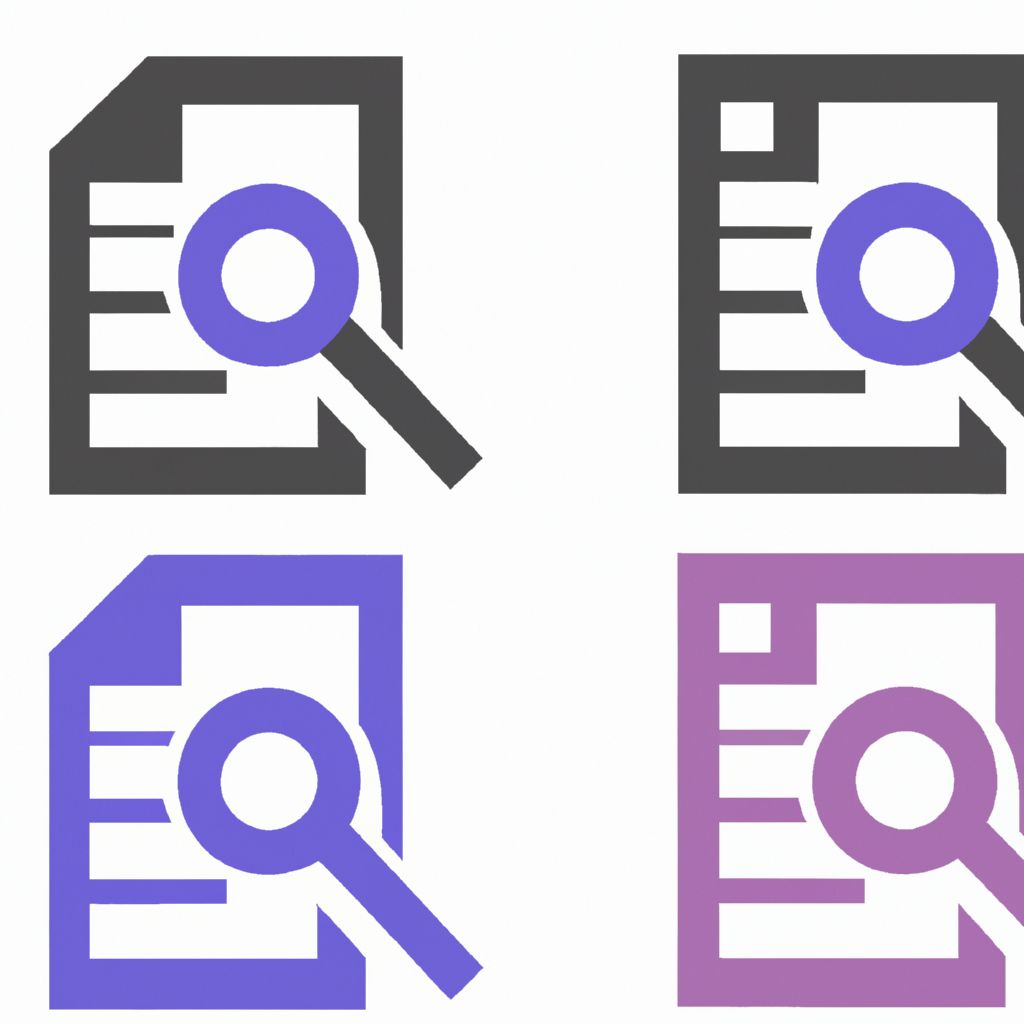What is Auditing Software?
Auditing software refers to a broad category of tools designed to assist auditors in examining systems, processes, controls, and data to assess compliance, security, efficiency, and accuracy. These tools automate many aspects of the audit process, enabling auditors to handle large volumes of data, perform complex analyses, and identify anomalies or policy violations more effectively than manual methods alone.
The specific functionality of auditing software varies widely depending on its intended purpose. It can range from tools that analyze system configurations against security benchmarks to software that monitors user activity for policy violations or platforms that manage the entire audit lifecycle from planning to reporting.
Types of Auditing Software
Auditing software can be categorized based on its primary function:
IT Security Auditing Software:
- Focus: Assessing the security posture of IT infrastructure.
- Examples: Vulnerability scanners (Nessus, Qualys), configuration audit tools (Nipper, Titania), log analysis/SIEM platforms (Splunk, ELK Stack), network analyzers (Wireshark), password auditing tools (John the Ripper). (See our post on Network Security Audit Tools).
- Use Case: Identifying security vulnerabilities, verifying secure configurations, monitoring for security events, ensuring compliance with security standards.
Compliance Auditing Software:
- Focus: Verifying adherence to specific regulations, standards, or internal policies.
- Examples: GRC (Governance, Risk, and Compliance) platforms (ServiceNow GRC, RSA Archer, LogicGate), specialized tools for PCI DSS, HIPAA, SOX, GDPR compliance checks, configuration management databases (CMDBs).
- Use Case: Automating evidence collection, mapping controls to requirements, managing compliance workflows, generating compliance reports, tracking remediation efforts.
Financial Auditing Software:
- Focus: Examining financial records, transactions, and internal controls for accuracy, fraud detection, and compliance with accounting standards.
- Examples: ACL Robotics (formerly Audit Command Language), CaseWare IDEA, Wolters Kluwer TeamMate Analytics.
- Use Case: Performing data analysis on large datasets, identifying exceptions and anomalies, automating sampling, testing internal controls related to financial reporting.
Internal Audit Management Software:
- Focus: Managing the end-to-end internal audit process, including planning, fieldwork, workpaper management, issue tracking, and reporting.
- Examples: Workiva, AuditBoard, TeamMate+ (Wolters Kluwer), MetricStream.
- Use Case: Streamlining audit workflows, improving collaboration among audit teams, centralizing audit documentation, tracking audit progress and findings, reporting to management and audit committees.
User Activity Monitoring (UAM) Software:
- Focus: Recording and analyzing user actions on endpoints and servers to detect policy violations, insider threats, or unauthorized access.
- Examples: Ekran System, Teramind, ObserveIT (Proofpoint).
- Use Case: Providing an audit trail of user actions, detecting suspicious behavior, investigating security incidents, enforcing acceptable use policies.
Key Features and Benefits
Regardless of the specific type, effective auditing software often shares common features and benefits:
- Automation: Reduces manual effort in data collection, analysis, and testing.
- Data Analysis Capabilities: Allows auditors to analyze large datasets, perform complex queries, and identify patterns or anomalies.
- Centralization: Provides a central repository for audit evidence, workpapers, findings, and reports.
- Workflow Management: Streamlines audit processes, including planning, scheduling, task assignment, and review.
- Reporting: Generates standardized and customizable reports for various stakeholders.
- Consistency and Standardization: Ensures audits are performed consistently according to defined methodologies.
- Efficiency: Speeds up the audit process, allowing auditors to cover more ground or focus on higher-risk areas.
- Improved Accuracy: Reduces human error compared to manual methods.
- Enhanced Visibility: Provides deeper insights into systems, controls, and potential risks.
Choosing the Right Auditing Software
Selecting auditing software requires careful consideration of:
- Audit Objectives: What specific types of audits need to be performed (security, compliance, financial)?
- Scope: What systems, processes, or regulations need to be covered?
- Integration: Does the software need to integrate with existing systems (e.g., ERP, SIEM, ticketing systems)?
- Scalability: Can the software handle the volume of data and complexity of the environment?
- Usability: Is the software intuitive for auditors to use?
- Reporting Needs: Does it meet the reporting requirements for management, regulators, and other stakeholders?
- Cost: What is the total cost of ownership, including licensing, implementation, training, and maintenance?
Conclusion
Auditing software plays a critical role in modern auditing across various domains, from IT security and compliance to finance and internal controls. By automating tasks, enhancing analytical capabilities, and streamlining workflows, these tools empower auditors to perform more efficient, effective, and comprehensive assessments. Understanding the different types of auditing software available and their key features is essential for selecting the right tools to meet specific audit objectives and improve overall assurance processes.
Disclaimer: This post represents the view of the individual author that wrote it and not necessarily the view of Rarefied Inc.
Looking for professional security testing?
Based on your interest in this topic, you might benefit from our specialized security services:
